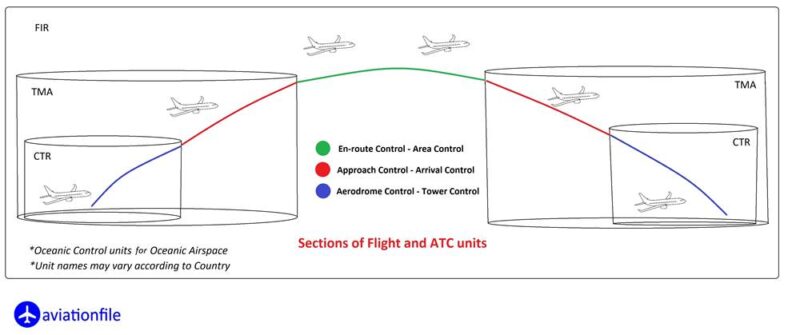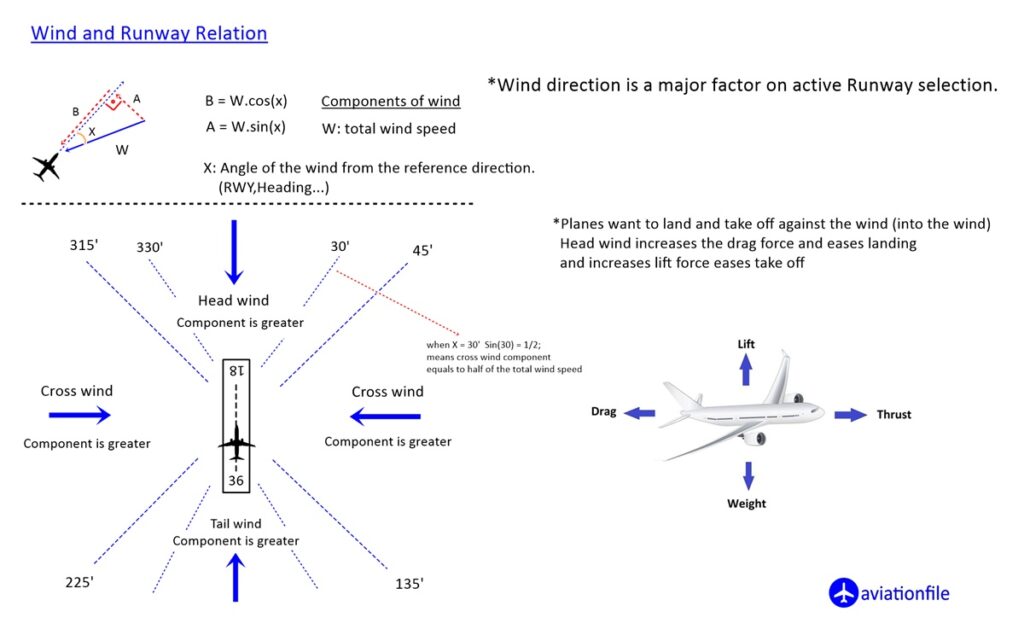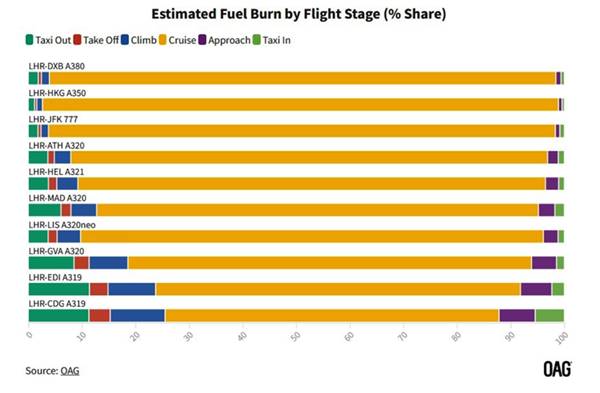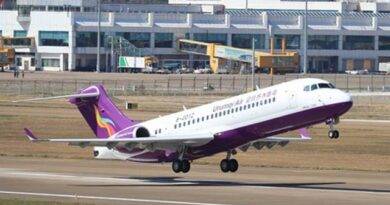Buckle Up for Truth: Which Flight Stage Burns the Most Fuel?
Ever wondered Which Flight Stage Burns the Most Fuel? It’s a common question with a nuanced answer, so buckle up for a fact-checked deep dive into the fascinating world of airplane fuel consumption.
Cruising: The Champion of Total Fuel Burn
While takeoff might seem like a fuel-guzzling spectacle, the real champion in terms of total fuel used is the cruising stage. This is where the plane spends the majority of its time, typically accounting for 95-96% of total fuel consumption on long-haul flights. Why?
- Altitude Advantage: Cruising altitudes offer thinner air, reducing drag and allowing engines to operate more efficiently. Think of it as swimming in a pool versus wading through molasses.
- Constant Speed: Unlike the dynamic phases of takeoff and landing, cruising maintains a steady speed, optimizing fuel burn for distance traveled.
Takeoff and Climb: Burning Bright, Burning Fast
While cruising wins the total fuel consumption crown, the takeoff and climb stages burn fuel at the highest rate per minute. Engines work overtime during these phases, generating the thrust needed to overcome gravity and reach cruising altitude. However, the shorter duration of these stages compared to cruising keeps their overall fuel consumption lower.

So, Which Stage “Wins”? It Depends…
The answer truly depends on how you define “most.”
- Total fuel used: Cruising takes the gold medal, especially on longer flights.
- Highest fuel burn rate per minute: Takeoff and climb are the temporary champions.
Beyond the Basics: Other Factors at Play
Understanding fuel consumption requires considering additional factors:
- Flight Distance: Short-haul flights might see a larger proportion of fuel used during takeoff and climb due to the smaller cruising time. On long-haul flights, the cruise phase dominates fuel consumption because of its extended duration.
- Aircraft Type: Fuel efficiency varies between plane models, impacting consumption at all stages. For example, modern aircraft like the Boeing 787 and Airbus A350 have more fuel-efficient engines and aerodynamics, reducing fuel burn compared to older models.
- Weather Conditions: Headwinds or turbulence can increase fuel burn throughout the flight. Strong headwinds during cruise can force an aircraft to burn more fuel to maintain speed, while severe turbulence may require altitude adjustments, increasing fuel use.
- Weight and Load: The amount of cargo, passengers, and fuel onboard significantly affects fuel consumption. Heavier takeoff weights require more thrust, increasing burn rate during takeoff and climb. Airlines optimize fuel loads to balance efficiency and range.
- Altitude and Flight Path: Higher altitudes generally provide better fuel efficiency due to thinner air, but aircraft may be restricted from reaching optimal altitudes due to air traffic constraints. Deviations from planned flight paths due to weather or air traffic congestion can also lead to increased fuel consumption.
- Engine and Aircraft Maintenance: Well-maintained engines operate more efficiently, reducing unnecessary fuel burn. Airlines invest in engine washing, aerodynamic enhancements, and regular checks to optimize performance.
By considering these factors, airlines and pilots can better manage fuel consumption, improving efficiency and reducing operational costs.

Efficiency Improvements: Reducing Fuel Consumption Through Innovation
Modern advancements in aviation have significantly improved fuel efficiency through both technological innovations and optimized flight techniques. Aircraft manufacturers have introduced fuel-saving designs such as high-bypass turbofan engines, winglets, and composite materials that reduce weight and drag.
Operationally, airlines and pilots employ strategies like Continuous Climb Operations (CCO) and Continuous Descent Operations (CDO) to minimize fuel-intensive level-offs. These techniques ensure a smoother and more efficient transition between flight phases, reducing unnecessary thrust adjustments. Additionally, dynamic flight planning systems allow pilots to adjust routes in real-time based on wind patterns and air traffic conditions, further optimizing fuel efficiency.
These efficiency measures not only reduce operational costs but also contribute to sustainability efforts in the aviation industry.
Flying Greener: Making a Difference
By choosing direct flights and fuel-efficient airlines, you can contribute to reducing the aviation industry’s environmental impact. Remember, every small step counts when it comes to protecting our planet.
The Takeaway: Airplane fuel consumption is a complex topic with no single “most” answer. Understanding the nuances of different stages and influencing factors empowers you to make informed choices for a more sustainable future of air travel. So next time you hear the roar of engines, remember the incredible science and careful planning behind that flight, and fly smart!

References and Further Reading
- “How Much Fuel Does a Plane Use During Flight?” by OAG: https://www.mdpi.com/2071-1050/11/16/4362
- “What Stage of a Flight Consumes the Most Fuel?” by Aviation File: https://www.militaryaerospace.com/commercial-aerospace/article/14233471/which-part-of-a-flight-uses-the-most-fuel
- “INTERNATIONAL JOURNAL OF ENERGY STUDIES – DergiPark” by DergiPark: https://dergipark.org.tr/tr/download/article-file/608965


